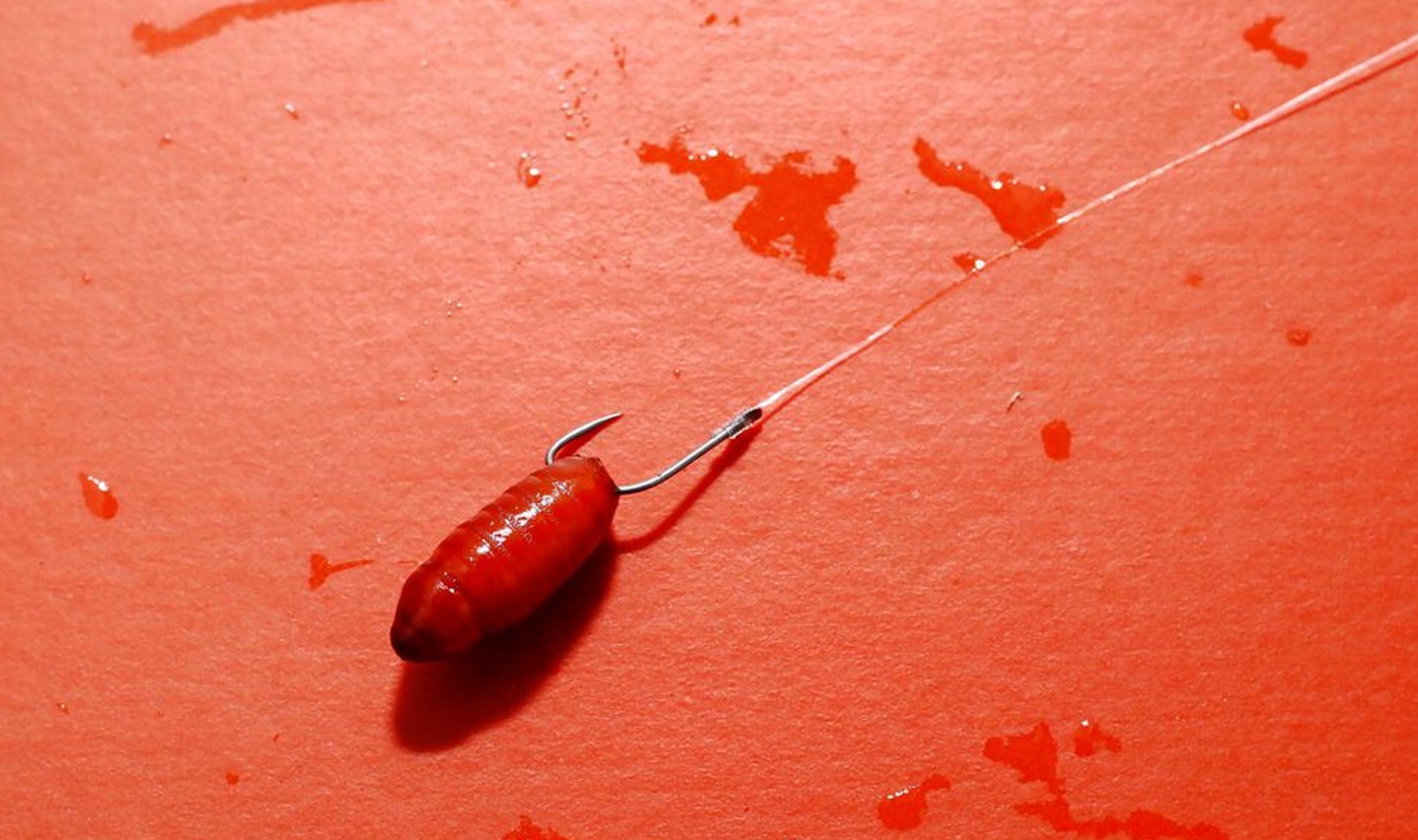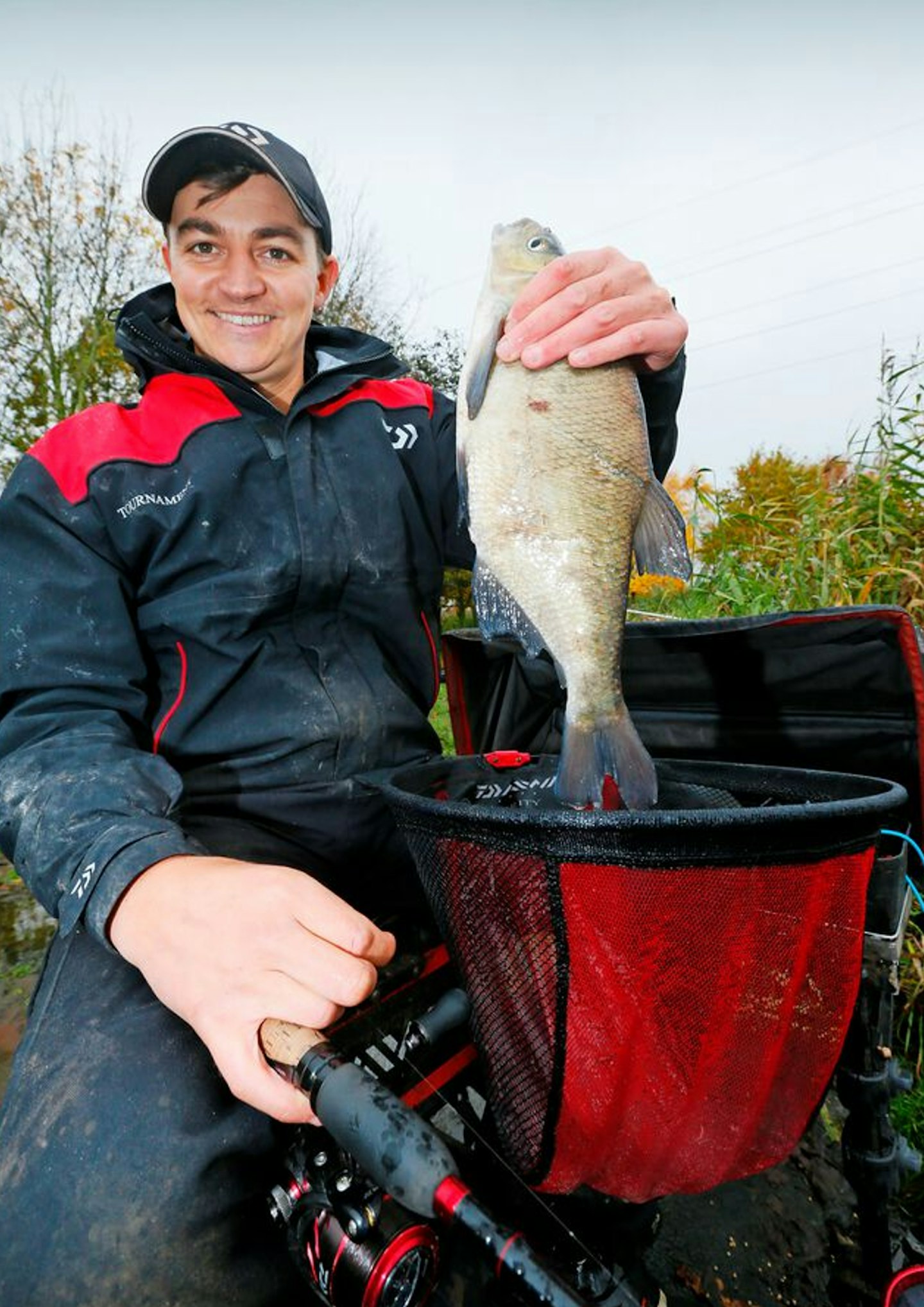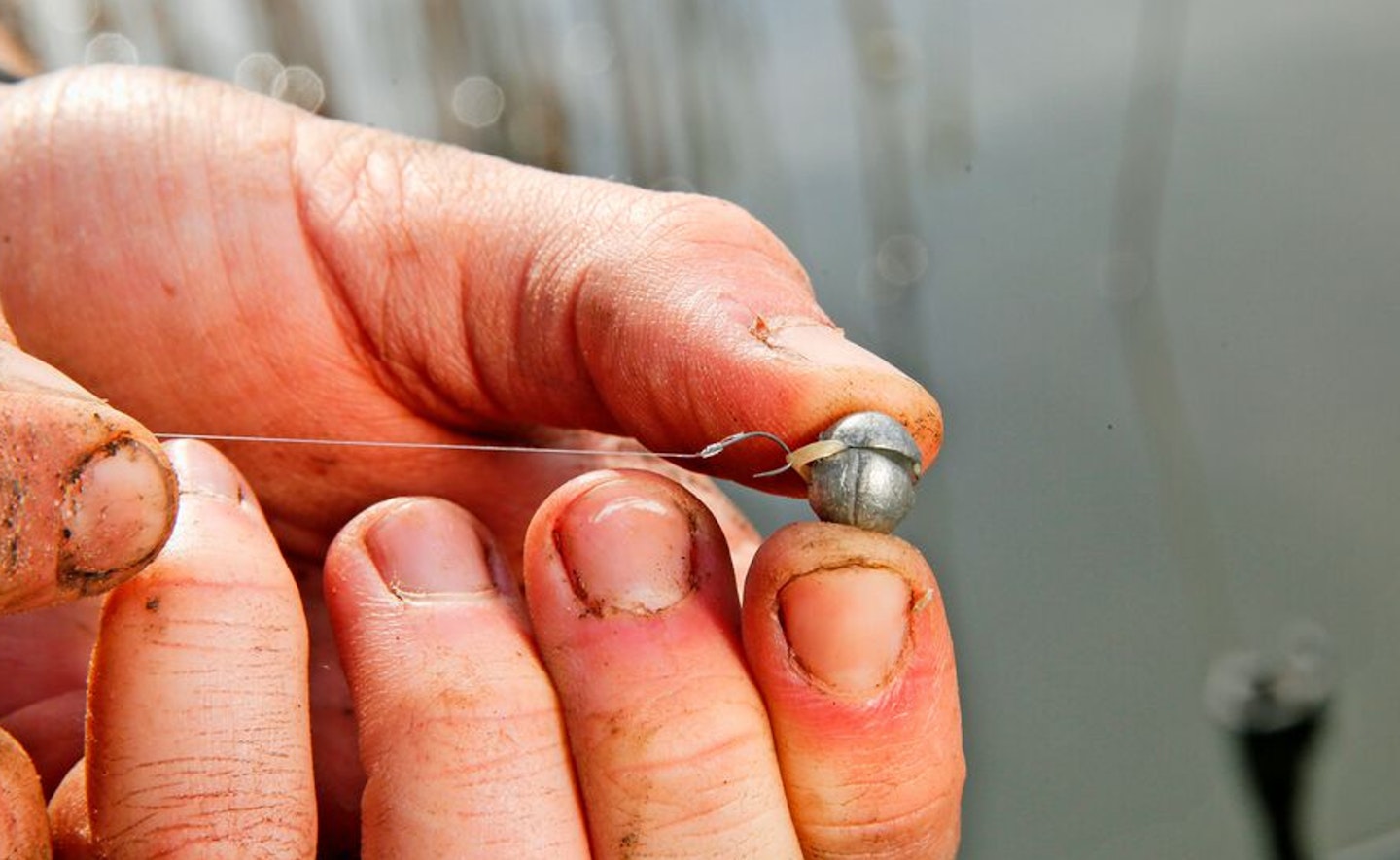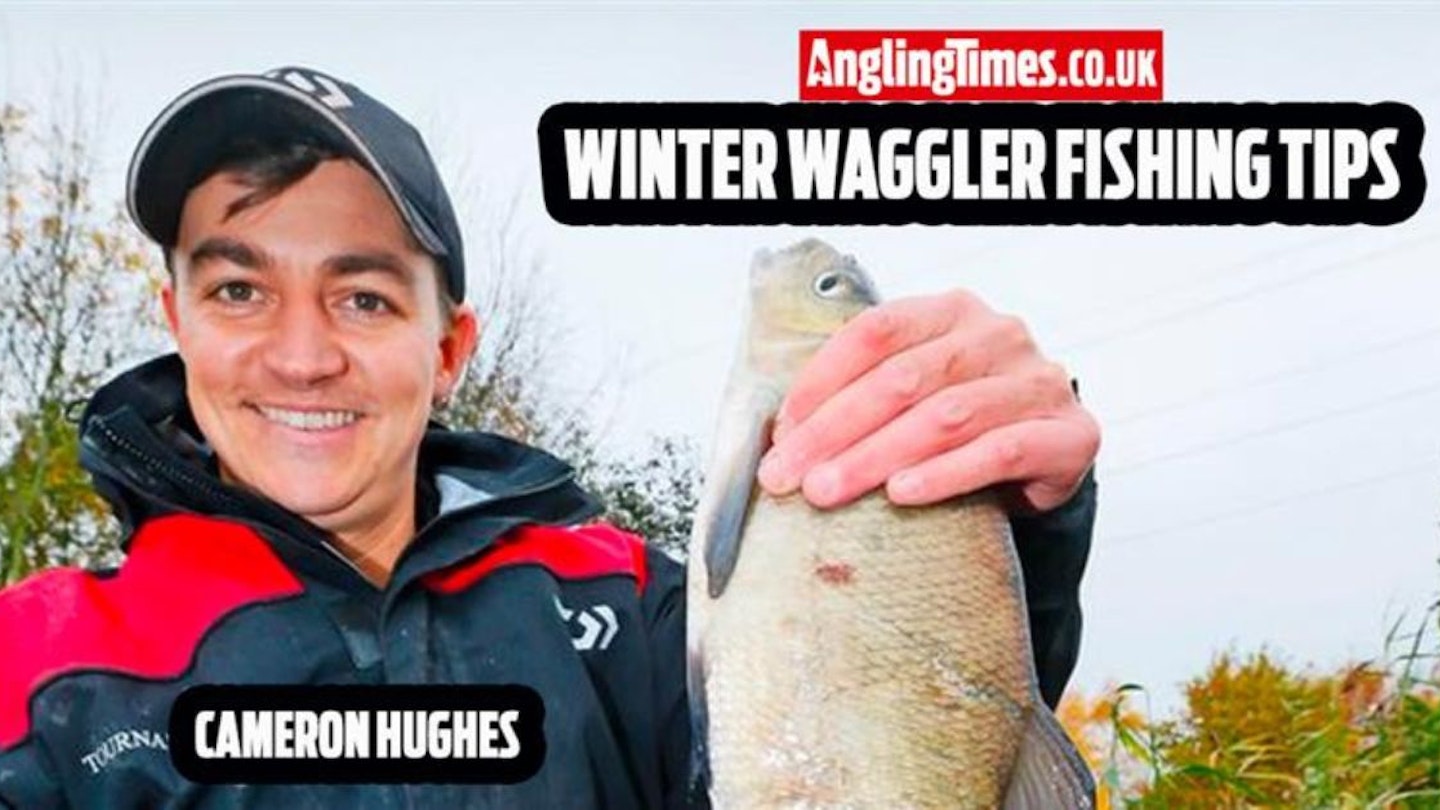The waggler comes into its own when the water temperatures cool and the fish tend to back off into the middle of the lake and out of pole range. Fishing a float offers far more finesse than a bomb or feeder and can often turn a difficult day into a prolific one.
Waggler fishing helps you search through the water column and fish a variety of baits far more naturally and delicately for a variety of species. Get your tactics right by following these great tips from England international, Cameron Hughes and you'll be sure to get plenty of action throughout the winter months.
Use the waggler to search the swim
Not only is the waggler an enjoyable way of fishing, but it works brilliantly when things get hard and the fish show signs of shoaling up towards the middle of the lake. I use it to rest the pole or search around the swim if things look like they’re slowing down. I may only catch half-a-dozen fish on it, but they tend to be a bit bigger.
My float is usually a peacock insert waggler taking 3AAA, but I wrap wire around the base so it’s semi-loaded to reduce impact on landing.
USING A LIGHTER ROD IN WINTER WILL HELP YOU LAND MORE FISH, CHOOSE ONE FROM OUR BUYERS GUIDE TO THE BEST FLOAT RODS FOR SILVERS.

Make sure you loosefeed
Groundbait can work if you’re catching lots of skimmers and bream, but the waggler lets you fish through the water to get bites at all levels, so loosefeed is best.
Maggots are good when things are hard, but provided the weather is relatively mild I’ll always go for casters, as they have the knack of catching quality fish. I’m quite aggressive with the amount I feed, typically 40 casters at a time to create a reasonable-sized catching area to cast around in – but if bites are slow in coming, I’ll cut back on the feed.
THE BEST FISHING CATAPULTS WILL ENSURE YOU CAN FEED ACCURATELY WHEN FISHING THE WAGGLER.

Fish casters as hookbait
To ‘match the hatch’ as it were, a single caster goes on the hook to mimic the loosefeed falling through the water. Casters always catch a better stamp of fish, but it can take a while before the fish switch on to them, so although I may fire them in with the catty, I’ll fish a single red maggot to begin with. This is less selective, and allows me to get a few bites and work out exactly what’s in the swim.
ARE YOU USING THE RIGHT MAINLINE FOR WAGGLER FISHING? BE SURE TO CHECK OUT OUR GUIDE TO THE BEST MAINLINES.

Alter the shotting
The key to catching through the water is in the shotting of the float, presenting the hookbait in a slow fall that allows the fish to see it, follow it down to the bottom and then snap it up.
To do this, my waggler rig has shotting down the line of No9 and No10 shot that are tapered. This means that to achieve that fall they’re spread further apart closer to the hook but tighter the further up the line you go.
I set the bait to fish just touching bottom or a little bit off, and only go overdepth if it’s windy or I want to catch bream and skimmers. In this situation, the depth is changed to put the bait between 6ins and a foot overdepth.

Plumb with an SSG
Many anglers struggle to plumb up accurately on the waggler. The first thing to say is, don’t use the big cork-bottomed plummet that you would on the pole. Instead, I shot the float to leave just the very tip showing, and then nip an SSG shot on the hook inside a pellet band.
This casts easily, and once the float lands I keep the line slack and let things settle. If I’m not deep enough, the float sinks, but if I’m too deep, it’ll pop up slightly. Plumbing up this way allows you to be incredibly accurate.
FIND A VENUE NEAR YOU THAT HAS PLENTY OF FISH TO CATCH ON THE FLOAT IN OUR DEDICATED WHERE TO FISH SECTION.

This page is a free example of the amazing content Angling Times Members get every single week. Becoming an Angling Times Member gives you access to award-winning magazine content, member rewards, our back issue archives, bonus content and more! Join our fishing community and find out more today!
